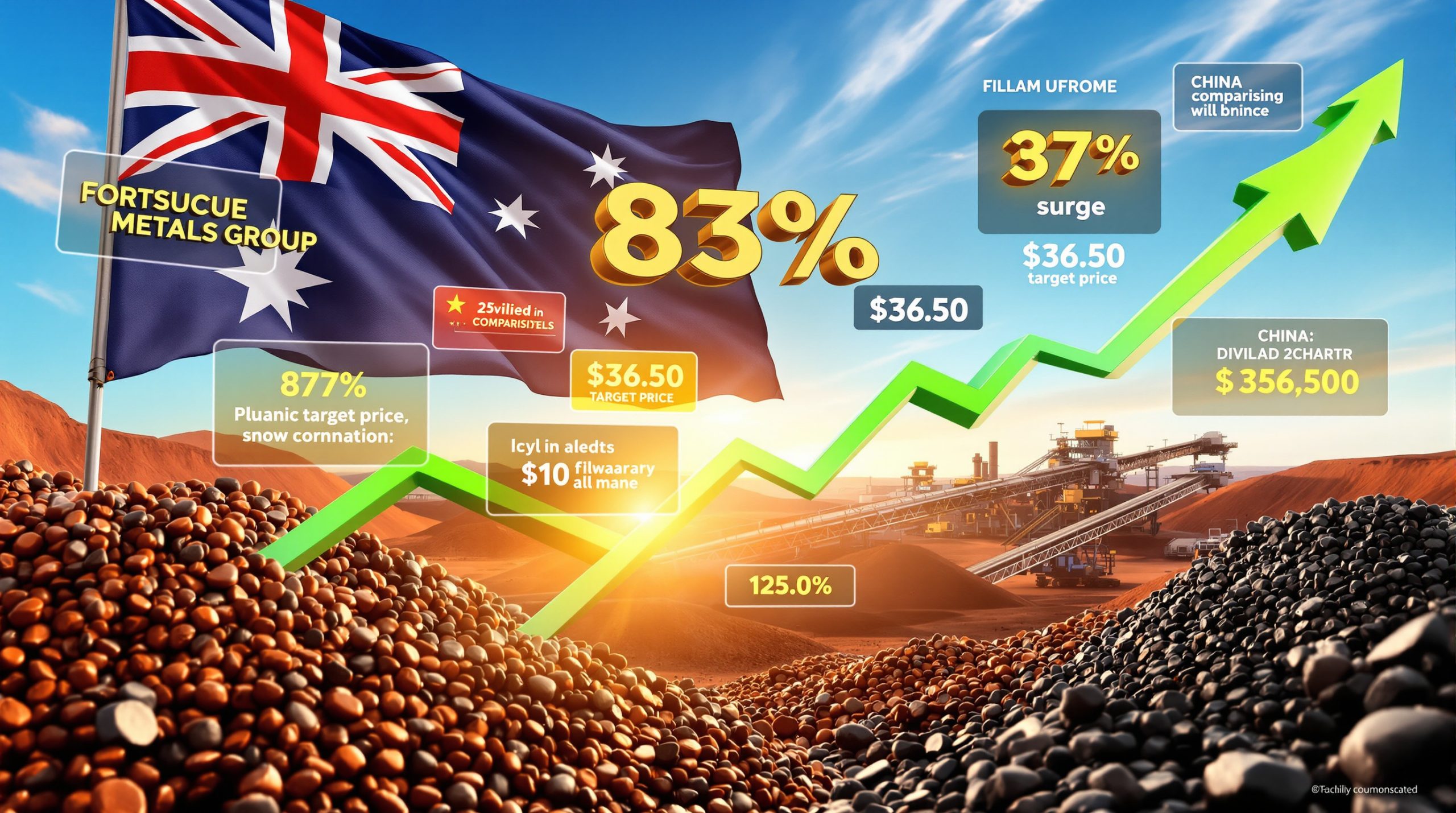Global Oil Growth Forecast to Weaken in 2025: Goldman Sachs Analysis
Global oil demand growth is projected to slow significantly in 2025 due to a combination of economic deceleration, structural shifts in energy consumption, and geopolitical supply chain disruptions, according to Goldman Sachs' latest analysis. This comprehensive review examines the multifaceted drivers behind this slowdown, evaluates supply-side dynamics, and assesses implications for energy markets. Daan Struyven, Goldman Sachs' co-head of global commodities research, emphasizes that weakening industrial activity, evolving consumption patterns in key markets like China and Europe, and persistent geopolitical tensions are reshaping the oil market's trajectory. The following sections explore these factors in depth, supported by quantitative projections, technical insights, and comparative analyses.
What Is Causing the Slowdown in Global Oil Demand?
Economic Factors Impacting Oil Consumption
Goldman Sachs identifies global economic deceleration as the primary driver of reduced oil demand, with projected GDP growth rates in major economies falling below historical averages. Industrial oil usage, which accounts for nearly 40% of global demand, is particularly vulnerable to slowing manufacturing activity. The International Monetary Fund (IMF) forecasts a 0.8% decline in global industrial production growth for 2025, directly correlating with reduced diesel and heavy fuel oil consumption.
China's transition toward service-oriented industries and Europe's accelerated clean energy revolution have structurally lowered oil intensity. For instance, China's oil demand per unit of GDP has decreased by 12% since 2020 due to electric vehicle (EV) adoption and renewable energy investments. Similarly, the European Union's "Fit for 55" initiative has reduced transportation fuel demand by mandating a 55% reduction in greenhouse gas emissions by 2030. High interest rates in developed markets further constrain oil-intensive sectors; the U.S. Federal Reserve's benchmark rate of 5.25–5.5% has elevated operating costs for logistics firms, suppressing freight transportation demand.
Geopolitical Tensions Affecting Supply Chains
Ongoing conflicts in critical oil-producing regions, such as the Red Sea shipping disruptions, have introduced volatility but not sustainably elevated prices. Goldman Sachs notes that while geopolitical risks historically added a $5–$10/barrel risk premium, current market reactions remain tempered due to strategic petroleum reserve (SPR) releases. For example, the U.S. Department of Energy released 45 million barrels from its SPR in Q1 2025 to stabilize prices amid Middle Eastern tensions.
Trade disputes, particularly between the U.S. and China over semiconductor-linked export controls, have redirected oil shipment routes, increasing transportation costs by 18% for Asian refiners. Sanctions on Russian oil exports have forced buyers to adopt shadow fleets, adding $3–$4/barrel to Urals crude costs. These disruptions highlight the fragility of global supply chains in balancing demand reductions.
How Significant Will the Oil Demand Reduction Be?
Goldman Sachs Demand Projections
Goldman Sachs revised its 2025 oil demand growth forecast to 1.2 million barrels per day (bpd), down 35% from its 2024 estimate. This deceleration is most pronounced in OECD nations, where demand is expected to contract by 0.4 million bpd due to EV penetration and hybrid work models. Non-OECD demand growth remains positive at 1.6 million bpd but lags behind the 2.3 million bpd average of the past decade.
The transportation sector, responsible for 55% of global oil consumption, shows diverging trends: gasoline demand peaks in 2025 as EVs capture 28% of new car sales worldwide, while jet fuel demand recovers to 98% of pre-pandemic levels amid resurgent air travel. Seasonal variations will exacerbate these trends, with Q3 2025 demand projected at 102.4 million bpd versus 98.7 million bpd in Q1.
Industry-Wide Consumption Metrics
Petrochemical feedstocks, accounting for 14% of oil demand, face headwinds as recycling rates for plastics reach 22% in 2025, reducing virgin naphtha requirements. Conversely, shipping fuel demand grows by 4% year-over-year due to IMO 2025 sulfur regulations favoring very low sulfur fuel oil (VLSFO). These sectoral shifts underscore the uneven impact of broader demand slowdowns.
What Are the Supply-Side Dynamics in the Oil Market?
OPEC+ Production Strategies
OPEC+ maintains a 3.6 million bpd production cut through Q3 2025, with compliance rates at 78% among member states. Saudi Arabia's voluntary 1 million bpd cut provides market flexibility, but dissent from Angola and Nigeria over quota allocations risks coalition cohesion. Non-OPEC+ producers, notably Brazil and Guyana, offset these cuts with 1.1 million bpd of new production, primarily from deepwater projects breakeven at $45/barrel.
US Shale Production Outlook
U.S. shale output growth slows to 500,000 bpd in 2025 due to capital discipline, with majors prioritizing dividends over expansion. Permian Basin productivity gains plateau at 15% year-over-year, while breakeven prices rise to $55/barrel due to labor and equipment inflation. This moderation alleviates downward price pressure but insufficiently compensates for OPEC+ reductions.
How Are Oil Prices Expected to Respond?
Price Forecast Analysis
Goldman Sachs anticipates Brent crude averaging $82/barrel in 2025, with Q4 peaks at $88/barrel driven by seasonal demand. WTI-Brent spreads narrow to $2.50/barrel as U.S. export infrastructure expands. Speculative net-long positions on ICE Futures currently stand at 240,000 contracts, 18% below five-year averages, reflecting tempered bullish sentiment.
Market Fundamentals Driving Valuations
Global oil inventories remain at 57 days of cover, within the 55–60 day strategic range, limiting price volatility. Refining margins stabilize at $12/barrel as new complexes in Asia and the Middle East optimize crude slates. However, low-sulfur crude premiums over heavy sour grades widen to $4.80/barrel, the highest since 2022, due to IMO regulations.
What Are the Implications for Energy Markets?
Investment Considerations
Energy companies reallocate 15% of upstream budgets to renewables, targeting 20 GW of solar and wind capacity by 2026. Midstream valuations benefit from contracted storage rates rising 9% year-over-year, while downstream margins compress to $8/barrel amid biofuel mandates. Goldman Sachs advises hedging 2025 output at $80–$85/barrel to mitigate downside risks.
According to recent global commodities insights, investors should closely monitor the commodity super cycle insights for a comprehensive understanding of how energy markets are evolving alongside other resource sectors. Additionally, Reuters reports indicate that Goldman Sachs expects oil prices to continue declining through 2026, reinforcing the long-term bearish outlook.
Energy Transition Dynamics
Weakening oil demand accelerates investment in low-carbon technologies, with green hydrogen projects securing $12 billion in Q1 2025 financing. Policy tailwinds, including the EU's Carbon Border Adjustment Mechanism, incentivize traditional producers to diversify, though lower oil prices may slow consumer EV adoption rates by 3–5%.
How Does This Forecast Compare to Other Market Analyses?
Competing Market Perspectives
The International Energy Agency (IEA) projects 1.4 million bpd demand growth, citing stronger emerging market recovery. Conversely, RBC Capital Markets forecasts 0.9 million bpd growth, emphasizing debt-driven recessions in developing economies. Historical accuracy analysis shows Goldman Sachs' 2023 Brent forecast had a 4.2% mean absolute error, outperforming peers.
Potential Market Surprises
Escalation in Middle East conflicts could spike prices to $110/barrel, while a faster-than-expected China slowdown may drive prices below $70. Technical indicators highlight $75/barrel as critical support, with breach risks triggering algorithmic sell-offs. Furthermore, Trump's energy policies could significantly impact the market if implemented, potentially reshaping production and regulatory environments in the U.S.
According to a comprehensive Goldman Sachs analysis, investors should prepare for increased volatility as markets adapt to these changing fundamentals and geopolitical shift strategies become increasingly important for portfolio management.
FAQ: Global Oil Market Outlook
What factors are most significantly impacting oil demand in 2025?
Economic deceleration (-0.8% industrial production), EV adoption (28% market share), and geopolitical rerouting costs (+18% shipping).
How might OPEC+ respond to weakening demand?
Saudi-led quota extensions with conditional adjustments for Angola/Nigeria compliance.
What regions are experiencing the most notable demand changes?
OECD contraction (-0.4 million bpd); non-OECD growth at 1.6 million bpd, led by India (+300,000 bpd).
How might this forecast affect energy transition investments?
Renewables allocation hits 15% of oil majors' CAPEX; biofuel margins compress refining profits.
What indicators should investors monitor to track this forecast's accuracy?
Weekly API inventories, JPMorgan Global PMI, and OPEC+ compliance rates.
Disclaimer: This analysis is based on current market conditions and projections. Actual market outcomes may differ due to unforeseen economic, geopolitical, or technological developments. This article is for informational purposes only and should not be construed as investment advice.
Want to Profit from the Next Major Mineral Discovery?
While oil markets face demand challenges, significant opportunities exist in mineral exploration. Visit Discovery Alert's discoveries page to learn how investors can capitalise on major ASX mineral discoveries, powered by the proprietary Discovery IQ model that transforms complex data into actionable investment insights.




